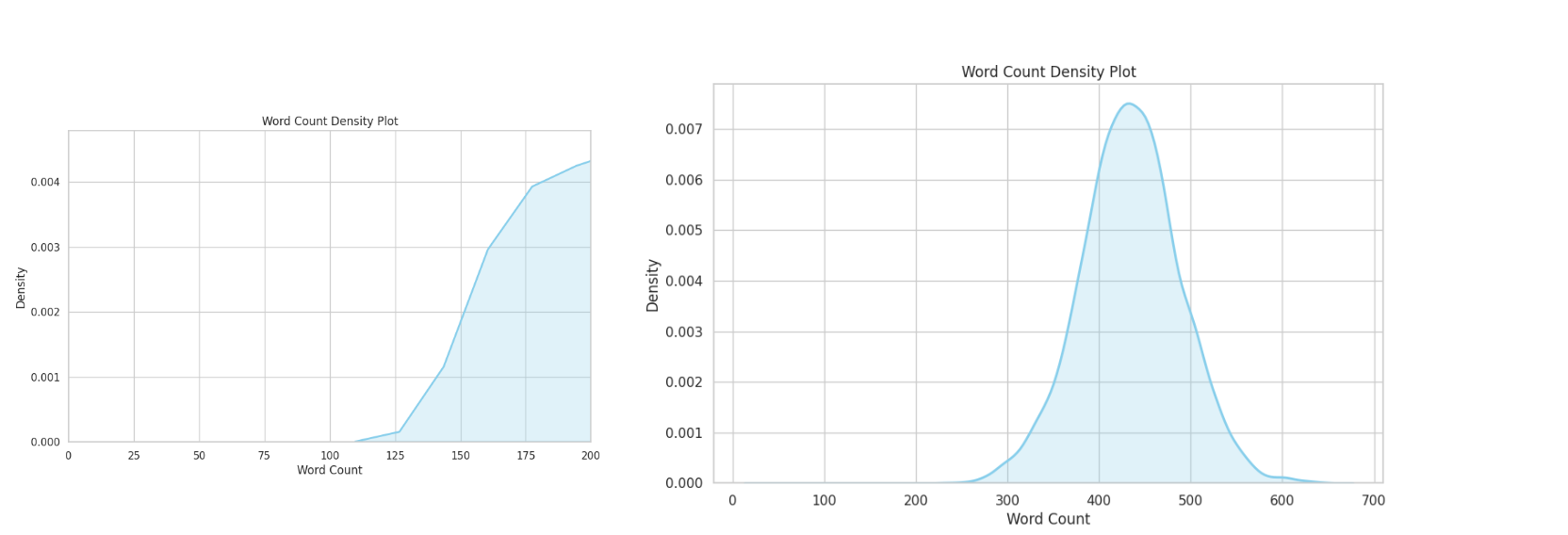Cat-llama3-instruct

Presented by:
- Dataset Builder: Dr. Kal'tsit (Kat)
- Trainer/Funding: SteelSkull
- Facilitator: Potatooff
70b variant of the model (Trained by Dr. Kal'tsit, Posted by Turboderp), Please check it out!
About:
Cat-llama3-instruct is a llama 3 8b finetuned model focusing on system prompt fidelity, helpfulness and character engagement. The model aims to respect system prompt to an extreme degree, provide helpful information regardless of situations, and offer maximum character immersion (Role Play) in given scenes.
Specific Aims:
- System Instruction fidelity
- Chain of Thought (COT)
- Character immersion
- Helpfulness for biosciences and general science
Methods
Dataset Preparation
Huggingface dataset containing instruction-response pairs was systematically pulled. A GPT model was trained on high quality and helpful responses exclusively to serve as a standard model.

(Fig1. Huggingface dataset population distribution and filtration for each component)
The dataset was further filtered for length and COT responses:

(Fig 2. COT responses are all >50 tokens single turn)
Health-related data was also pulled from Chat Doctor, favoring detailed and step-by-step diagnosis:

(Fig 3. Health related tasks are all >100 tokens, peaking at 450 tokens single turn)
Model Training
1*a100 for 6 days, 4 epochs
Usage:
Prompt format: llama 3
- Settings/Context/Instruct (Provided by @Anthonyg5005)
- Cat 8B Gen Settings
- Cat 8b Context
- Cat 8b Instruct
Quants:
<|begin_of_text|>Below is a conversation between an user and an AI assistant. The ai assistant gives response regarding user's questions. USER: user: Given the task definition and input, reply with output. In this task, you are given a question and an answer, you would be asked to create the sentence based on the Question-Answer provided. It should be contained within the Question-Answer provided.
Question: What type of diseases in humans are caused by protozoa? Answer: protist diseases
ASSISTANT: AI: Task Explanation:
In this task, you are asked to create a sentence using the given question and the provided answer. The sentence you create should include the information from both the question and the answer in a concise and coherent manner.
Guidelines:
1. Read the given question and answer carefully.
2. Combine the information from the question and answer to create a new sentence.
3. Make sure your new sentence contains both the question's information and the answer provided.
4. Check your sentence for proper grammar and punctuation.
Steps to find the answer:
1. Read the question: "What type of diseases in humans are caused by protozoa?"
2. Read the answer: "protist diseases"
3. Combine the information from the question and answer to create a new sentence: "In humans, protist diseases are caused by protozoa."
4. Double-check the sentence for proper grammar and punctuation, and make necessary adjustments if needed.
Final Output:
In humans, protist diseases are caused by protozoa.< / s ><|end_of_text|>Showcases:
The model does COT in grey, calculated response in black; note that this behaviour is done through system card instruction to showcase the systemcard fidelity, it is not fine tuned into the model.


(Fig 4. Showcasing model doing COT to solve difficult tasks, extend and enrich its own answers)